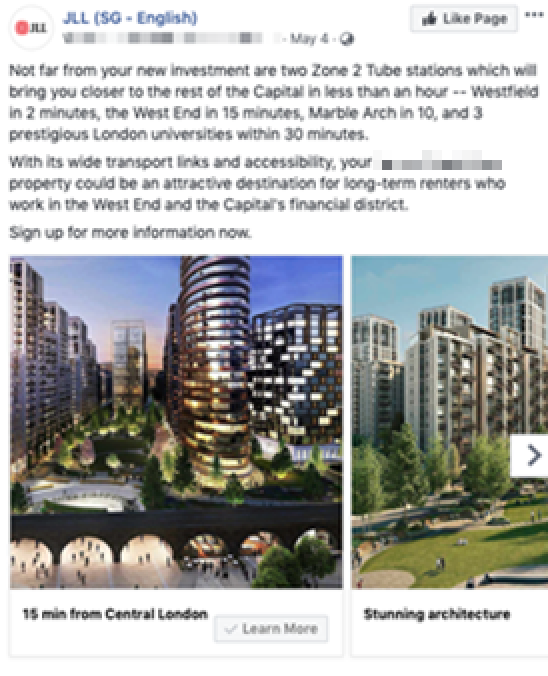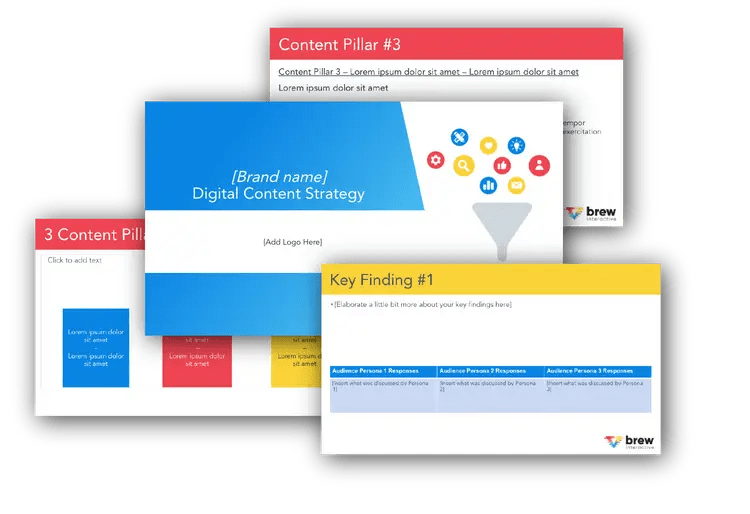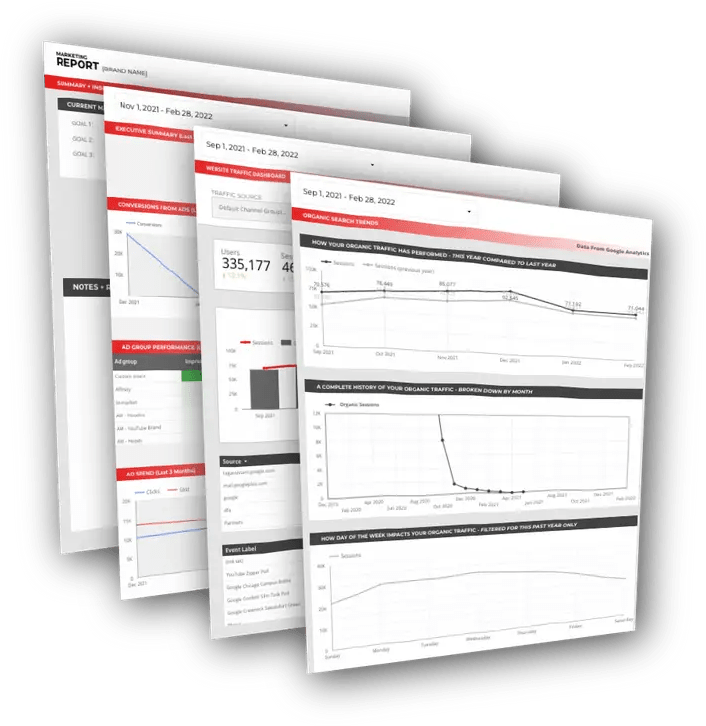Singapore’s real estate market has become fiercely competitive over the years. As a marketer in the real estate sector, if you are looking to generate leads for your next project and are considering property directories and publication sites such as PropertyGuru, 99.co and EdgeProp, think again because advertising costs on these platforms have gotten increasingly expensive due to the high demand.
So, given the sea of competition that exists, how do you ensure your project stands out and reaches out to your potential customers in the most cost-effective manner?
This brings us to the largest advertising platforms – Google and Facebook. Considering their massive audience size, using these platforms, combined with the best social media management tools, will let you reach a wider audience and get access to their data to reach the right people.

In this article, we outline the steps we undertook in promoting a wildly successful lead acquisition campaign for an overseas real estate project, by leveraging the strengths of both these platforms.
Step 1 – Set up a Tracking Spreadsheet
The first step was to create a main tracking spreadsheet to keep track of costs and performance. Each row represents a platform and we closely tracked impressions, clicks, CTR, leads, amount spent and cost per lead, from each platform.

Step 2 – Setting up your ads on Facebook:
Assuming that you already understand your buyer persona, Facebook ads let you reach audiences based on location, interests, demographics and behaviors. They are an effective tool to build awareness about your company, new products and launches while growing your audience base. Here is how we created Facebook ads for one of our real estate clients, which was looking to promote a residential project in London towards Singapore-based investors.
1. Set Target Audience
We targeted men and women in Singapore, above the age of 35 who were shown the English ad. As the idea was to invite people to the property exhibition, we selected ‘Everyone in this location’.
 While filling the ‘interests’ section, we targeted those who are interested in real estate investing, property investing and related topics, including interest in real estate development companies. Once those core interests are inputted, the suggested keywords button helped us find related interests.
While filling the ‘interests’ section, we targeted those who are interested in real estate investing, property investing and related topics, including interest in real estate development companies. Once those core interests are inputted, the suggested keywords button helped us find related interests.

In this case, the project that we were promoting was a London development, and the audiences were investors in Singapore. Through plenty of experiments done in the past, we realised that audiences who were connected with real estate developers and had some sort of interest in London’s places of interest gave us the most qualified leads.

We also selected ‘expand detailed targeting’ which lets Facebook automatically expand the target audience and increase the number of conversions at a lower cost per conversion.

2. Determine Spends
This step involves determining ad budget, schedule, placement and bid strategy. When it comes to bidding strategy, you have two options – cost per click (CPC) and cost per 1,000 impressions (CPM).
We opted for CPC which means that we were only charged when someone clicked on the Facebook ad.
3. Pick an Ad Format
Initially, we used Facebook video and carousel ads. There are video templates in Facebook that you could use to create videos, using the same images that were used in the carousel.
In our experience, videos attracted more views, clicks and leads. We recommend having both visuals in the beginning and optimizing the better performing ad set later.


Once the ad was created, we chose the budget, delivery and schedule requirements with the goal to invite members to the property exhibition. We kept a close eye on the performance of the ad and accordingly updated the tracking spreadsheet (created in Step 1).
Step 3 – Setting up the ads on Google AdWords:
Just like Facebook, running Google Ads can also benefit your real estate project. Google is a goldmine of data and lets you target the relevant set of people who are likely to be interested in your project. PPC advertising is a cost effective method and allows you to reach the right people at the right time.
Here is how we ran paid search ad campaigns and targeted potential real estate investors –
1. Discover Keywords
Paid search is all about discovering the appropriate keywords related to the business.

Free B2B Content Strategy Template
Not sure where to start when it comes to your content strategy? Struggling to gain traction? Grab our free B2B content strategy template to help you document your strategy.
We used Google’s Keyword Planner to identify the right keywords.

As the goal was to find new keywords, we clicked on ‘Discover new keywords’.

We then pasted the URL of the event page in the dialogue box as we wanted Google to evaluate that particular page and not the entire site.

Once the keywords were obtained, we downloaded the keyword ideas and selected those that were most relevant to the campaign. For instance, we removed keywords that contained words such as “house” (we were selling condos), “for rent” (we were looking for investors, not renters), and so on.
The downloaded data also contained top and bottom bids. We used the average of these figures as maximum CPC bids
2. Create Ads
Next, we created one ad group per keyword using Google Ads Editor.
In the ad copies, we made sure that the language addressed the audience as investors and used keywords such as investing, returns and lucrative. We used the Google Search responsive search ad option which automatically presented multiple combinations of headlines and descriptions.

How to Optimize Spends?
We paid close attention to the performance of the ads to optimize spends. The idea is that if the spending is slow, you calculate the remaining budget and move that amount to the other platform. In our case, we moved the ad budget from Google to Facebook.
We considered a good CTR to be more than 1% in Facebook and more than 0.25% in Google Search which meant that the ads are performing well with the audience.
In Facebook, we optimized the ad set and ad unit levels. Those with a high cost per lead and CTR less than 1% were paused.

Similarly, for paid search, low performing keywords (CTR of 0.25% or less) were paused.
There is no direct answer to how you should split your budgets between Google and Facebook. The key lies in tracking every day and optimizing ads, ad groups and platforms along the way and inputting the findings in the main spreadsheet.
The master spreadsheet should be your go-to document for optimizing performance. Identify where your budgets lie and analyze which platform is delivering the highest ROIs to make the most of your marketing spends. For instance, if an ad set on Facebook is yielding results, you can also make incremental budget changes to enhance performance.
While both Google and Facebook ads have their unique strengths, the major difference between the two is that paid search ads target those who are actively looking for information and Facebook ads primarily target people based on interests. The only way to find out is to test it out for yourself and determine the best route to generate leads for your business.
Alternatively, you may also learn more about running these ads from a digital marketing online school, our friends at Digital Scholar might be able to help.

Free DataStudio Marketing Report
Improve your marketing reporting with our free DataStudio template that pulls data from Analytics, Google Ads, and Search Console to get a 360 degree view of your digital performance.





